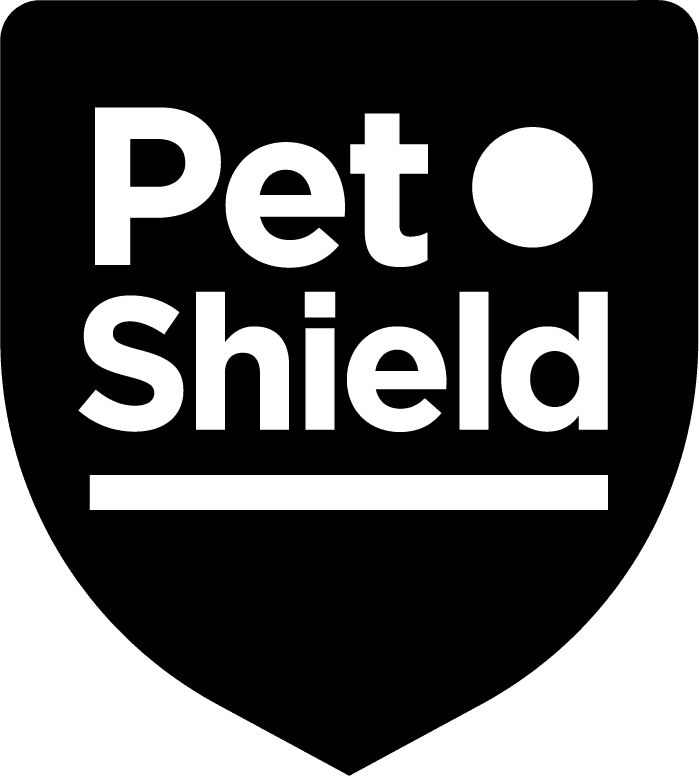To decide if our products are suitable for your pet, explore this section for key insights to making an informed choice on parasite prevention. Remember, these guidelines are not comprehensive, so consulting your vet, especially if your pet has underlying health issues, is crucial.

UK flea infestations can occur year-round, posing health risks to both cats and humans. Veterinary advice recommends continuous flea treatment for cats at risk based on these factors:

As average temperatures rise, UK cat owners are encountering more ticks on their cats. Some ticks can carry diseases like Lyme disease, posing risks to both cats and humans. Consider regular tick prevention for your cat if:

Roundworm is a parasite of concern across the UK. The minimum recommended treatment cycle is 4 times a year (except for completely indoor cats). Use the following guide to review if you should consider monthly treatment for roundworm:

Tapeworm risk can be driven by your cat’s local environment and lifestyle. The following factors help to indicate if your cat is at risk:

For the most predominant companion animal hookworm species found in the UK, the risk is associated with situations in which larvae have the opportunity to accumulate in the environment. This is typically linked to pets, especially younger animals, being exposed to areas where dog or fox faeces have not been collected. This can include examples such as:

To check if your cat may be at risk ask yourself the following questions. Does your cat:
If the answer is yes to any then it could be at risk of lungworm.
Currently you can only purchase veterinary licensed lung worm prevention products from your vet. Please talk to your vet if you have concerns.
Sign up to our newsletter with your email address to be the first to know about our latest updates & tips for pest prevention.

Copyright 2023 © KRKA UK Ltd. Registered in England and Wales No. 08899223